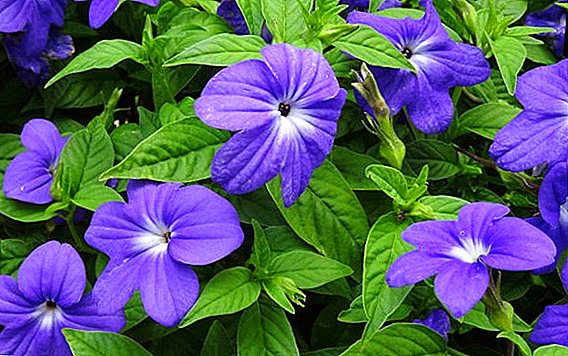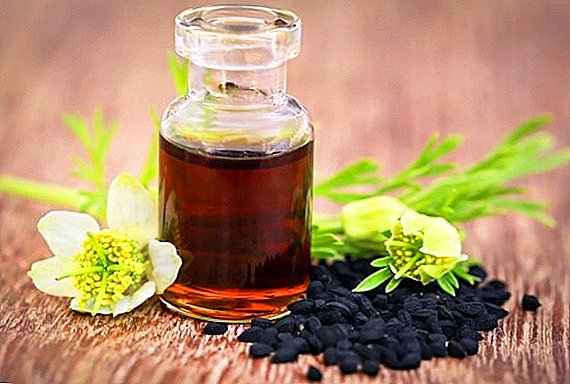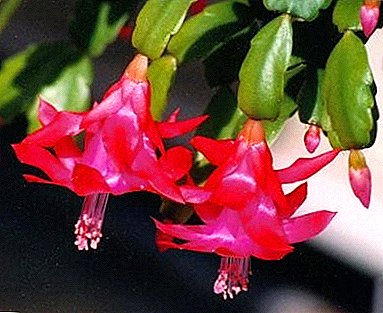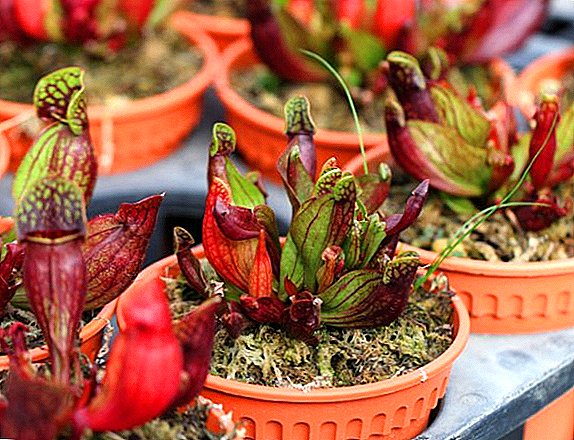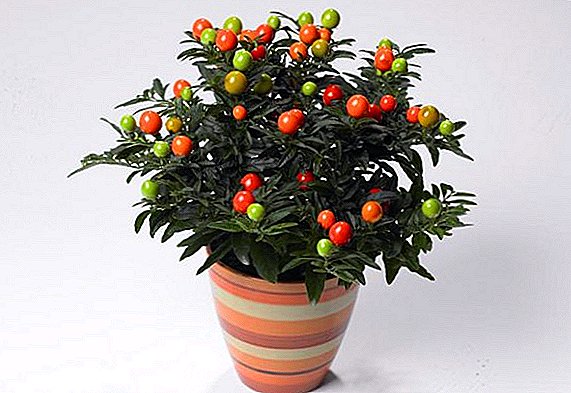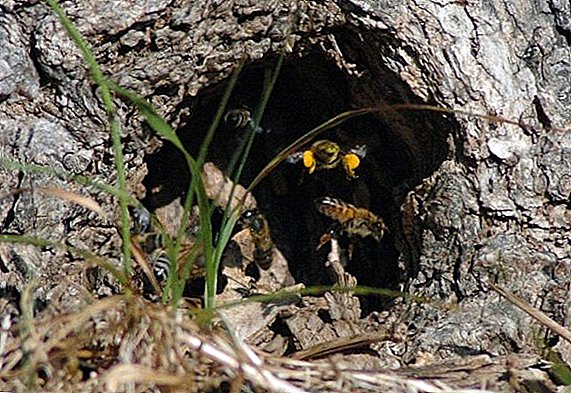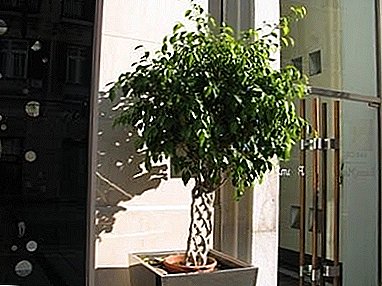
You want to decorate your apartment, diversify the interior, love unusual flowers, then Ficus Benjamin Natasha is the plant for you.
This dwarf bonsai with small green leaves will not leave anyone indifferent and will stay in your apartment for a long time, becoming its ornament.
The homeland of this plant is Southeast Asia, Ceylon and the tropics of Australia. In warm tropical climates, these plants reach up to 5 meters in height.
Ficus "Benjamin Natasha": general description and photo
Ficus leaves
Ficus Benjamin Natasha is a small-leaved dwarf tree with oval wavy leaves of the Mulberry family.
The ficus "Benjamin Natasha" leaves from 6 to 9 centimeters.
Trunk formation
Ficus of this type perfectly amenable to pruning, they give any interesting forms. Often make a tree on the trunk.
Ficus trunks are quite flexible, and often planted several plants in one pot, intertwining them among themselves.
It grows at home quickly enough and turns into a beautiful dwarf tree with proper care.
Ficus "Benjamin Natasha (Natalie)" photo:





Home care
Features care after purchase
For ficus "Benjamin Natasha" care is not very simple. With proper watering, lighting and humidity, the plant grows into a beautiful little tree and pleases the mistress with greenery all year round.
Important: after purchase it is advised to transplant the plant in a month.Then the young are transplanted once a year, most often in the spring during active growth of the shoots, then as the pot becomes small for the roots.
When growing ficus more than one and a half meters, it is advised not to change the pot, but simply to fill the ground, because such a large plant is not very convenient for transplantation, and the root system of ficuses is quite sensitive and requires very careful handling.
Lighting
 Benjamin Ficus is very photophilous, the light makes the plant leaves glossy.
Benjamin Ficus is very photophilous, the light makes the plant leaves glossy.
Ficus loves bright light and tolerates direct sunlight.
For this type of plant is perfect windows facing south-east or south-west.
Try to turn the plant as often as possible so that it will receive light evenly on each side.
Standing in partial shade, he will develop worse and there may be a curvature of the trunk, as the ficus will "reach for the sun."
Temperature
Ficus Benjamin Natasha, like any other tropical plant is very thermophilic.
The optimum temperature for it will be 25-30 degrees.
With constant spraying, it will be easier to tolerate hot weather.
Attention: during active growth, try not to change the position of the ficus relative to the source of light, it may begin to throw off the leaves.If you have a loggia or a balcony, then this place will be a great solution for a plant for the summer
Air humidity
Ficus grows well in rooms with high humidity.
He will enjoy frequent spraying, especially during the dry summer period.
Also, from time to time you can triple your pet "warm shower".
Watering
The ficus "Natalie" prefers regular moderate watering, it is best to use warm defended water.
In the summer, as the top layer of the soil dries out, in winter less often, but not allowing the roots to completely dry out.
Crown formation
 If you want to give a beautiful shape to the crown of your ficus, then it is best to start doing this in a young tree, because the shoots of ficus quickly take a horizontal position and the tree turns one-sided.
If you want to give a beautiful shape to the crown of your ficus, then it is best to start doing this in a young tree, because the shoots of ficus quickly take a horizontal position and the tree turns one-sided.
Often several bushes are planted in one pot, they are woven together with trunks, then these places can grow together.
It turns out more dense and branchy plant.
Fertilizers and feed
To feed the plant is best in the period of their greatest growth, that is, in summer and spring.
Liquid fertilizers for ficuses and palms are perfect for this purpose.
Graft and ground
Transplant the plant very carefully, the Ficus benjamin has very sensitive roots.
Best tolerated transplant in the spring during active growth.
Soil advised to take the fertile and breathable.
You can also add sand and humus to the soil.
Important: be sure to drain (claydite), up to 1/5 of the height of the pot.
Breeding
 Reproduction is mainly produced by cuttings, the roots are perfectly formed in the water. The recommended temperature is 25-30 degrees.
Reproduction is mainly produced by cuttings, the roots are perfectly formed in the water. The recommended temperature is 25-30 degrees.
You can also plant the stalk in a specially prepared soil with moss and cover with foil. Most often, cuttings with roots are planted in the ground.
It is advised to wash the juice released from the cut, otherwise the vessels will clog and the roots may not appear.
To grow ficuses from seeds at home is quite difficult.
Flowering and fruit
Flowering in this species of ficus is rarely observed, and most often it occurs in natural habitat conditions.
Benefit
Ficus has long been called the "Family Flower". It is believed that the family in which this plant appeared in the near future expects the appearance of children.
This type of ficus has a wonderful property - it is able to clean the air from benzene and phenol, processing them into amino acids.
An invaluable contribution he brings to the microclimate of the room.
Important: No harm to the plant, Benjamin Ficus is not poisonous.
Scientific name
Ficus Benjamina Natasha got its name in honor of the outstanding British botanist Benjamin Deidon Jackson, the compiler of the famous reference book on floriculture. Also this tree is a symbol of Bangkok.
Diseases and pests
Why do ficus "Benjamin Natasha" fall leaves? What to do?
 In the care of the plant quite capriciously.
In the care of the plant quite capriciously.
With a lack of light in the cold season, when cooling plants (drafts), the ficus "Benjamin Natasha" drops leaves.
And in no case is it worth pouring the flower - it will also drop all the leaves.
The main pests affecting the leaves and stem of the plant are mealybugs, aphids, scale insects and spider mites.
To get rid of pests will help cotton pad moistened with soapy water or alcohol solution.
Special preparations, such as Karbofos, Inta-vir, Aktellik, are also successfully used.
With proper care, timely watering and a comfortable temperature, the ficus grows well, quickly acquires new leaves and turns into a beautiful little tree.


